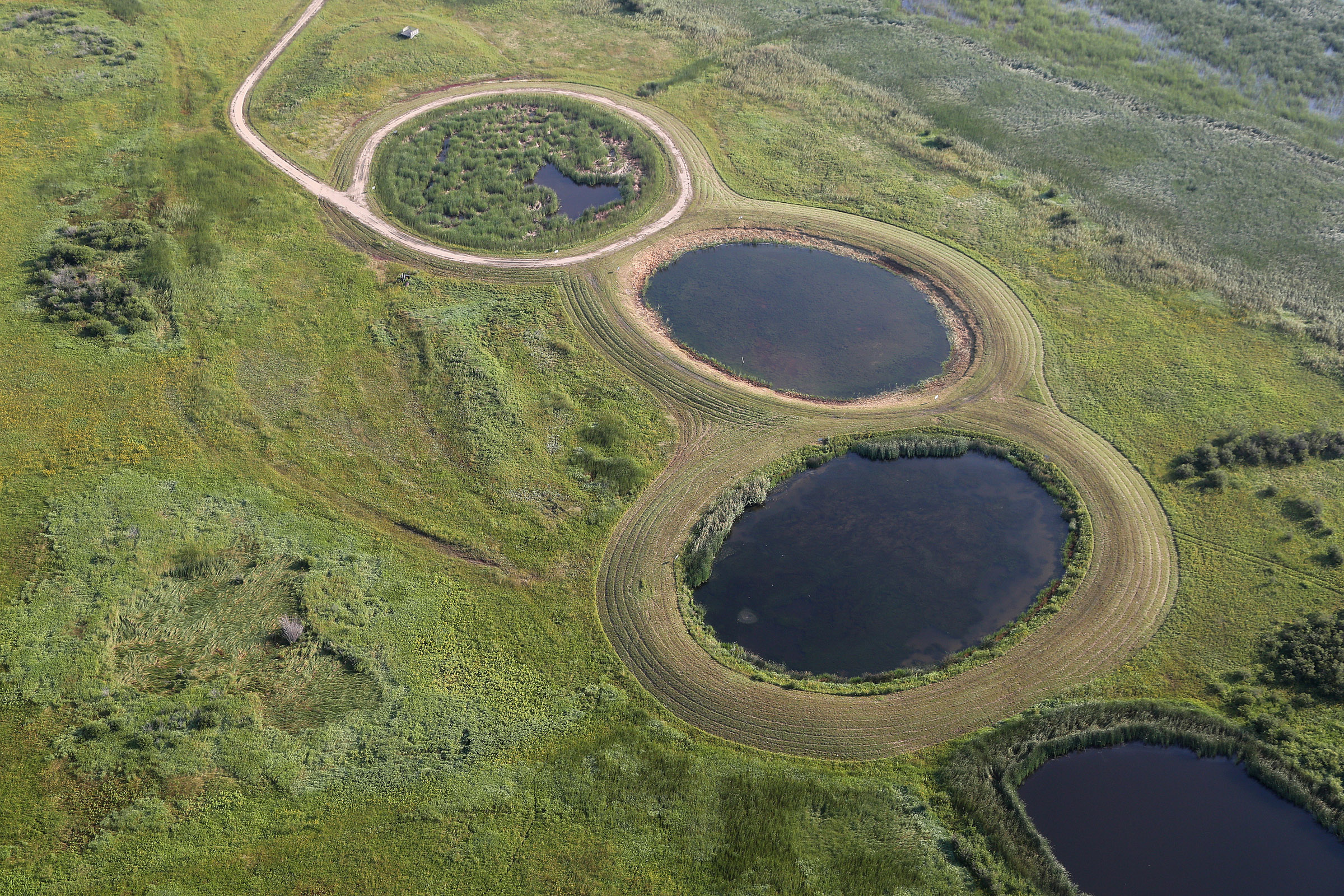One way to deal with number two
Constructed wetlands are a green, chemical-free option for cleaning water

Your hand pushes the lever. Flush.
Water swirls around the bowl. It captures everything in its path and carries it down a series of pipes.
This is a process you, like most Canadians, will repeat approximately five times each day. And according to Home Water Works, “toilet flushing is the single highest use of water in the average home.”
But how many of us know where the wastewater we produce actually goes?
If you live or work in a city, your wastewater diverts to a centre, where it’s chemically treated before being released back to nature. This is not a cheap process. Constructing a wastewater treatment facility alone can run millions of dollars. For instance, in 2009, the City of Winnipeg finalized construction of a new water treatment centre. The final cost: $300 million.
It’s an expense many rural communities can’t shoulder. “A lagoon system is a great alternative,” says Paula Grieef, the resident naturalist at Oak Hammock Marsh Interpretive Centre (OHMIC).
Located 20 minutes north of Winnipeg, near Stonewall, Man., OHMIC welcomes visitors keen on learning about wetlands and wildlife. The centre’s also home to DUC’s national office and a three-cell lagoon that naturally treats wastewater.
Since its construction in the early 1990s, city planners, engineers and developers interested in wastewater management have toured the lagoon. “We’ve had people visit from across Canada and around the world,” says Grieef.
The general reaction to the system? “People tend to think it’s pretty cool,” answers Grieef.
And it is.

© DUC
Three-cell lagoon
Unlike water treatment facilities built with bricks and mortar, the OHMIC three-cell lagoon provides wildlife with habitat while cleaning wastewater without the use of chemicals.
“Wastewater is released in to our lagoon,” explains Grieef. “The first two cells will separate the solid materials from the liquids. Then, naturally occurring bacteria will begin to breakdown the waste.” Oxygen (and the absence of it) play an important role in the process.
By the time wastewater reaches the gravel-lined and cattail-dense third cell, it’s ready to be reintegrated back to nature. “The final cell is unique because most traditional lagoon systems only have two,” says Grieef.
DUC constructed the third component to demonstrate lagoons can filter water while providing wildlife with habitat. In spring and summer months, “I’ve seen muskrats, red-winged backbirds and various duck species in there,” says Grieef.
So when it comes to managing wastewater, a three-cell lagoon isn’t just an ideal alternative to an expensive treatment facility for small communities of people. “The ducks like it too,” says Grieef.
Learn more about how DUC’s work is helping Canada’s fresh water.



